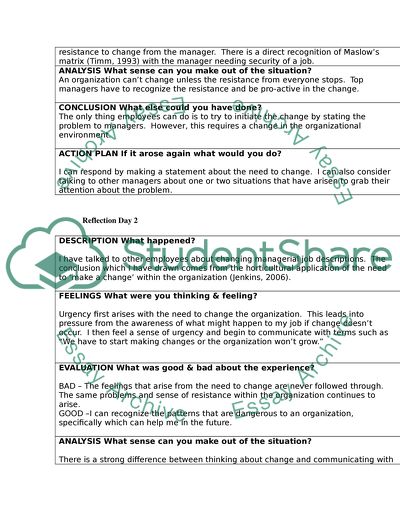Cite this document
(“Reflective Diary Assignment Example | Topics and Well Written Essays - 1500 words”, n.d.)
Retrieved from https://studentshare.org/family-consumer-science/1413883-reflective-diary
Retrieved from https://studentshare.org/family-consumer-science/1413883-reflective-diary
(Reflective Diary Assignment Example | Topics and Well Written Essays - 1500 Words)
https://studentshare.org/family-consumer-science/1413883-reflective-diary.
https://studentshare.org/family-consumer-science/1413883-reflective-diary.
“Reflective Diary Assignment Example | Topics and Well Written Essays - 1500 Words”, n.d. https://studentshare.org/family-consumer-science/1413883-reflective-diary.


